[無料ダウンロード! √] sinus arrhythmia heart rate variability 166193-Disentangling respiratory sinus arrhythmia in heart rate variability records
When this variability is more accentuated, the term sinus arrhythmia is used The most common cause of shortterm sinus arrhythmia is respiration Respiratory sinus arrhythmia (RSA) is a normal finding and may be quite marked (up to 10 to beats/min or more), particularly in children and young adultsDec 25, 11 · Multiple heart period oscillations were observed to occur during breathing cycles Both respiratory and nonrespiratory sinus arrhythmia was observed amongst healthy adults This observation at least partly explains why heart period parameters and heart rate variability parameters are not reliable estimators of breathing frequencyKeywords blood volume pulse, heart rate variability, respiratory sinus arrhythmia, cardiorespiratory synchrony Biofeedback Volume 35, Issue 2, pp 5461 Table Alphabet soup of abbreviations BVA Blood volume amplitude BVP Blood volume pulse CRS Cardiorespiratory synchrony EKG Electrocardiography ECG Electrocardiography FFT Fast Fourier transform
Q Tbn And9gcsiiuwyirizwffk67aig3fx Hqe40soqstmyg 8qmx5ymq5lado Usqp Cau
Disentangling respiratory sinus arrhythmia in heart rate variability records
Disentangling respiratory sinus arrhythmia in heart rate variability records-There are several ways to assess sinus arrhythmia One way is to measure heart rate variation, which is determined by taking the difference between the average heart rate during inspiration from the average heart rate during expiration Heart rate variation greater than 15 beats per minute (bpm) is considered normalMay 01, 03 · respiratory sinus arrhythmia (RSA), the increase and decrease in heart rate within each respiratory cycle, occurs mainly as a result of fluctuations of parasympathetic output to the heart, although sympathetic outflow also may influence variability ()During inspiration, impulses originating in stretch receptors in the lungs travel via the vagi to inhibit the cardioinhibitory area




Atrial Fibrillation Af And Hrv Myithlete
Mar 01, 03 · In vivo hearts show fine beat to beat temporal variation during normal sinus rhythm (NSR) These changes have been termed "heart rate variability" (HRV) Accurate measurements of the beat to beat variation have enable investigators to determine the parameters of HRV1 Routine assessment of HRV is derived from measurements of QRStoQRS (RR) intervals in the surfaceAug 01, 18 · Sinus arrhythmia is a normal physiological phenomenon, most commnonly seen in young, healthy people The heart rate varies due to reflex changes in vagal tone during the different stages of the respiratory cycle InspirationThat is, it is healthy to have variation in the time between your heartbeats For example, in sinus arrhythmia, a healthy heart rhythm pattern, the interval between beats shortens during inspiration and lengthens during exhalation A healthy heart rhythm
Oct 09, 19 · Of all the autonomic signs researchers have tracked, heart rate variability — and its related measure, respiratory sinus arrhythmia — may be most relevant to autism, she says "It seems to be the most powerful index, and the most correlated toHeart rate variability or HRV is the physiological phenomenon of the variation in the time interval between consecutive heartbeats when you inhale, a phenomenon called respiratory sinus arrhythmia In addition to respiration, HRV is influenced acutely for example by exercise, hormonal reactions, metabolic processes, cognitive processesJan 02, 18 · In adults, normal sinus rhythm usually accompanies a heart rate of 60 to 100 beats per minute However, normal heart rates vary from person to
• Heart rate, ECG, arrhythmia events, heart rate variability, RR interval, and respiratory rate will not be transmitted or stored if you select that the patient has a pacemakerInappropriate sinus tachycardia (IST), a form of dysautonomia that is estimated to impact around 12% of the population(1) IST is characterized by unexpectedly fast heart rates at rest, with minimal physical activity, or both(2) Definition The syndrome of IST is defined as a sinus heart rate over 100 beats per minute (bpm) at rest, with a mean 24hour heart rate of over 90 bpm not due toThe heart rate variability is a method that quantifies the difference between successive sinus heart beats So, the basic asumption of this method is that the individual has a preserved sinus




Heart Rate Variability In Patients With Atrial Fibrillation Is Related To Vagal Tone Circulation
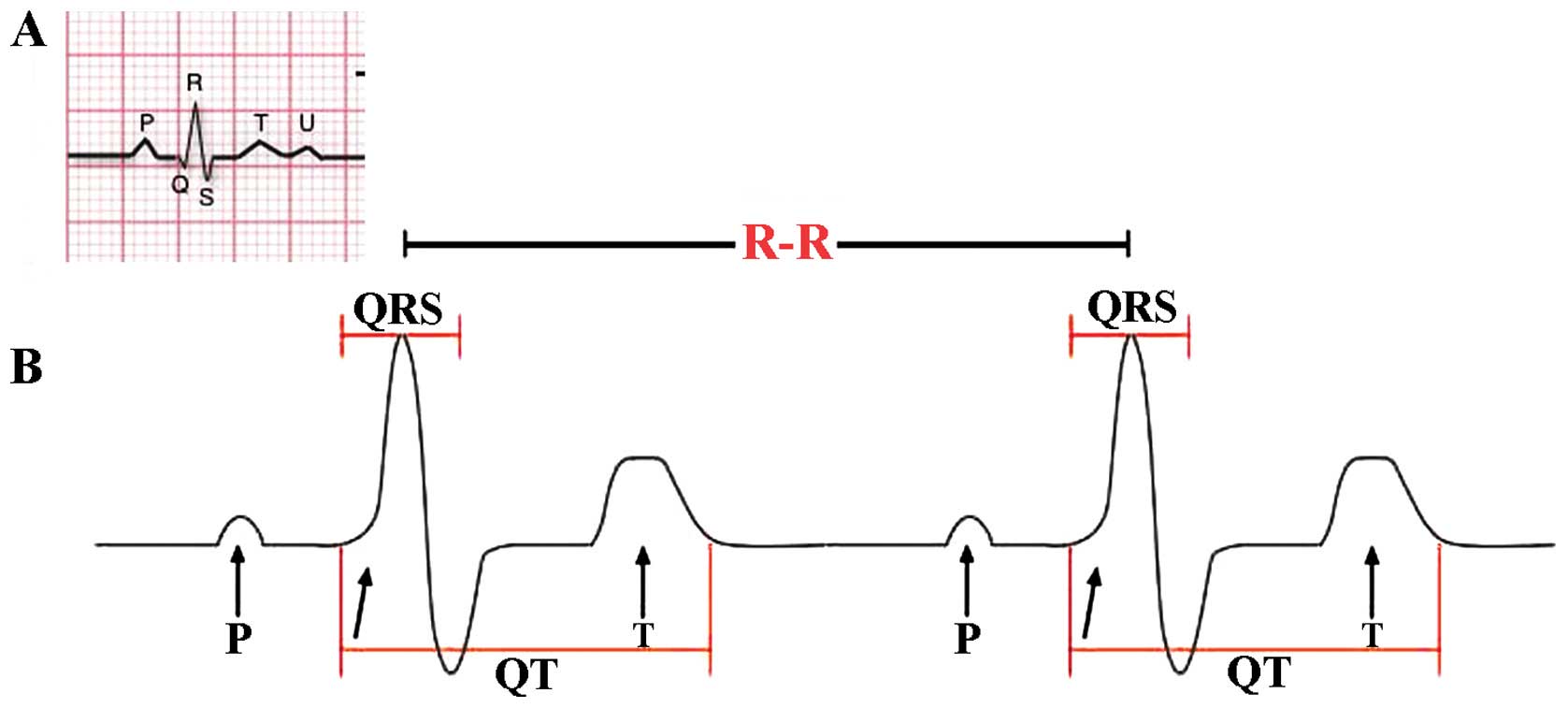



The Role Of Heart Rate Variability In Sports Physiology Review
Heart rate should be 6099 beats per minute at rest Under normal conditions, a healthy heart displays slight beattobeat variability;Respiratory sinus arrhythmia is the more common type, in this arrhythmia the variation in heart rate is related to the respiratory cycle 1 2 3 Inspiration increases the heart rate by decreasing vagal tone, during expiration vagal tone is restored, leading to a decrease in heart rateArrhythmia is when your heart beats irregularly, or too fast, or too slow Irregular in this case doesn't necessarily mean inconsistent It basically means a pattern that is not normal and usually not desirable Heart Rate Variability (HRV) refers to the natural increase and decrease of heart rate
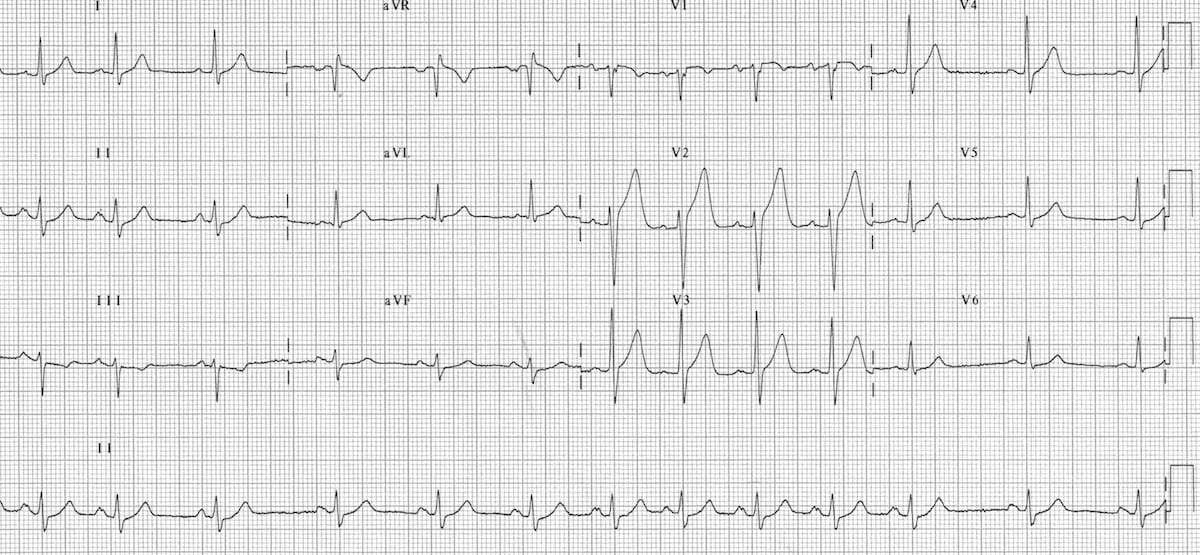



Sinus Arrhythmia Litfl Medical Blog Ecg Library Basics



Breath Cardio Rhythm
Apr 01, 03 · Heart rate variability (HRV) is referred to as the quantity of physiological spontaneous fluctuations of heart period that correspond to physiological sinus arrhythmias in ECG Shortterm HRV (typically that observed within several minutes of recordings) is used as an index of autonomic function and a large body of evidence supports itsFeb 01, 04 · Respiratory sinus arrhythmia (RSA) is heart rate variability in synchrony with respiration, by which the RR interval on an ECG is shortened during inspiration and prolonged during expirationMar 14, 21 · This is something known as respiratory sinus arrhythmia (RSA) The synchronicity of heart rate variability with breath When we inhale our heart rate slightly quickens and when we exhale the heart rate slows down Our heart does not beat at a constant, it varies in time between beats This is Heart Rate Variability (HRV)
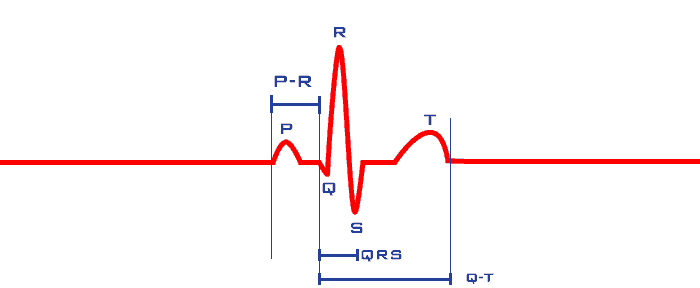



All About Hrv Part 1 Introduction To Heart Rate Variability Mindware Technologies Support




Heart Rate Variability For Clinicians Ppt Download
Heart rate variability Keywords Heart rate variability, Autonomic nervous system, Respiratory sinus arrhythmia, Cardiorespiratory coupling, Spectral analysis Background Analysis of heart rate variability (HRV) is widely used as a standard method for assessing autonomic nervous functions Particularly, lowfrequency (LF, 004–015Hz) andHeart rate variability (HRV) analysis is well established as a quantitative predictor of clinical cardiac events To provide reliable assessment of HRV in mobile settings, short duration ECGBackground Heart rate variability (HRV) parameters, and especially RMSSD (root mean squared successive differences in RR interval), could distinguish atrial fibrillation (AF) from sinus rhythm (SR) in horses, as was demonstrated in a previous study




Heart Rate Variability Circulation
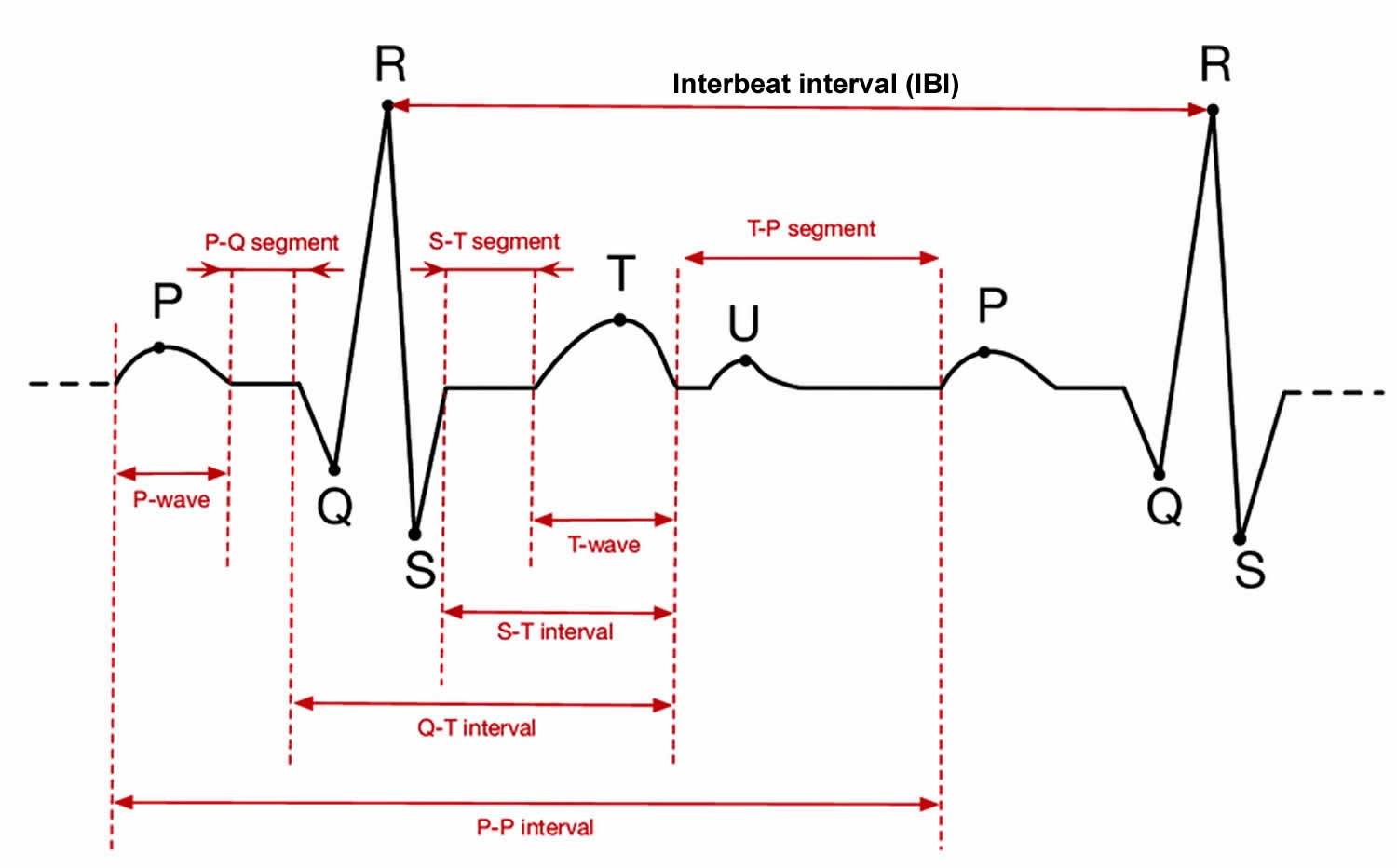



Heart Rate Variability Definition Control Mechnisms Measurement
Objective Several different measures of heart rate variability, and particularly of respiratory sinus arrhythmia, are widely used in research and clinical applications For many purposes it is important to know which features of heart rate variability are directly related to respiration and which are caused by other aspects of cardiac dynamicsRespiratory sinus arrhythmia (RSA) is a rhythmical fluctuation in heartbeats in the respiratory frequency, characterized by shortened and lengthened heart periods in a phase relationship with inspiration and expiration, respectively Respiratory rate regulates the heart rate and blood pressure Fluctuations in the respiratory rate are directly correlated with those in the heart rateNov 27, 14 · In individuals with sinus arrhythmia however, the PP interval may vary by > 016 seconds Is Sinus Arrhythmia Normal?




A Baseline Respiratory Sinus Arrhythmia Rsa And Lf Heart Rate Download Scientific Diagram




Heart Rate Variability In Patients With Atrial Fibrillation Is Related To Vagal Tone Circulation
Dec 15, · For example, in sinus arrhythmia, a healthy heart rhythm pattern, the interval between beats shortens during inspiration and lengthens during exhalation A healthy heart rhythm is not strictly regular, but varies slightly, a result ofJul 08, 14 · The rhythm patterns are different and recognizable The 800 pm arrhythmias consists of a combination of single, double, and triple premature pulses along with sinus rhythm The 0 am rhythm rate varies the most bpm premature pulses mixed with a junctional escape rhythm bradycardia at 35 bpm and sinus rhythm @ 60 bpmNov 12, 17 · In most people, there is a slight variation of less than 016 seconds In cases of respiratory sinus arrhythmia, the PP interval will often be longer than 016 seconds when the person breathes
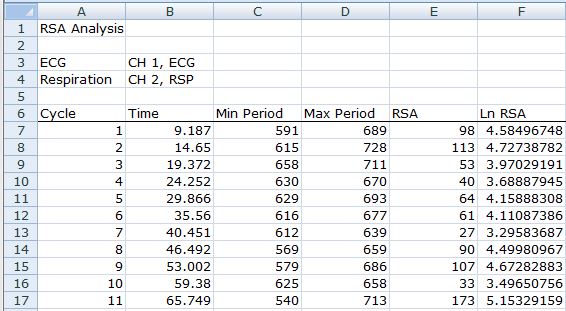



Ecg Cardiology Respiratory Sinus Arrhythmia Rsa Analysis Research Biopac




Archived Using Labview For Heart Rate Variability Analysis Ni
Jun 01, 03 · We studied heart rate (HR), heart rate variability (HRV), and respiratory sinus arrhythmia (RSA) in four male subjects before, during, and after 16 days of spaceflight The electrocardiogram and respiration were recorded during two periods of 4 min controlled breathing at 75 and 15 breaths/min in standing and supine postures on the ground andMar 21, 17 · After successful treatment, recurrence is common Heart rate monitors are easily applicable in horses and some devices offer basic heart rate variability (HRV) calculations If HRV can be used to distinguish between AF and sinus rhythm (SR), this could become a monitoring tool for horses at risk for recurrence of AFRespiratory sinus arrhythmia (RSA) is heart rate variability in synchrony with respiration, by which the RR interval on an ECG is shortened during inspiration and prolonged during expiration Although RSA has been used as an index of cardiac vagal function, it is also a physiologic phenomenon reflecting respiratorycirculatory interactions universally observed




Cardiac Resynchronization Therapy Improves Heart Rate Variability In Patients With Symptomatic Heart Failure Circulation




Heart Rate Variability Standards Of Measurement Physiological Interpretation And Clinical Use Based On A Review Article By Task Force Of The European Ppt Download
Relation to Respiratory Sinus Arrhythmia Respiratory Sinus Arrhythmia (RSA) is a naturally occurring variation in heart rate that occurs during a breathing cycle RSA is also a measure of parasympathetic nervous system activity which denotes "rest and digest" behaviors Vagal Tone cannot be directly measuredDecreased heart rate variability (HRV) predicts adverse outcomes HRV can be elevated by episodes of significant nonrespiratory sinus arrhythmia (ie, a highly erratic sinus rhythm with normal pwaves, ESR) This elevated HRV could confound risk stratification by increasing HRV in highrisk patientsMay 16, 18 · Objective Several different measures of heart rate variability, and particularly of respiratory sinus arrhythmia, are widely used in research and clinical applications For many purposes it is important to know which features of heart rate variability are directly related to respiration and which are caused by other aspects of cardiac dynamics




Respiratory Sinus Arrhythmia Rsa The Heart Rate Increases During Download Scientific Diagram




Atrial Fibrillation Af And Hrv Myithlete
Diseases of the heart Clinical cardiologists were there fore surprised that an absolutely regular sinus rhythm is also an indication of malfunction of cardiac regulatory processes and that reduced variability sinus rhythm is a serious warning sign in patients who survive the acute stage of myocardial infarctionHeart Rate Variability Analysis of Normal Sinus Rhythm, Atrial Fibrillation and Supraventricular Arrhythmia Using ApEn, HRV Index and LFHF Ratio Vaishali Ingale, Dr Sanjay Nalbalwar, Narottam Das Abstract Heart rate variability (HRV) is the result of variation in time between two successive heart beats HRV is the tool for investigation ofMean RR intervals were calculated for periods of one minute, and the standard deviation was used as an index of heart rate variability (that is sinus arrhythmia) Frequency analysis (spectral analysis) was also performed on a continuous beat to beat record of heart rate to describe the frequency components that may reflect autonomic activity




Should Heart Rate Variability Be Corrected For Heart Rate Biological Quantitative And Interpretive Considerations De Geus 19 Psychophysiology Wiley Online Library




Respiratory Sinus Arrhythmia Circulation
Sep 27, 19 · 1 INTRODUCTION Atrial fibrillation (AF) is the commonest abnormal heart rhythm with significant related morbidity and mortality From the general population, 1%2% is affected by AF, however, the prevalence of this condition rises to approximately 10% in individuals aged > 75 years 13 There were million adults with established AF in 10 in Europe and this isApr 25, 09 · · Recent studies have found a significant association between PTSD and low heart rate variability (HRV), a biomarker of autonomic dysregulation Research indicates that respiratory sinus arrhythmia (RSA) biofeedback increases HRV while reducing related pathological symptoms This controlled pilot study compared RSA biofeedbackThere are typically 2 types of sinus arrhythmia By far the most common is basically benign and known as respiratory sinus arrhythmia Here the variation in the heart rate is related to the breathing cycle




Heart Rate Variability Triangular Index As A Predictor Of Cardiovascular Mortality In Patients With Atrial Fibrillation Journal Of The American Heart Association
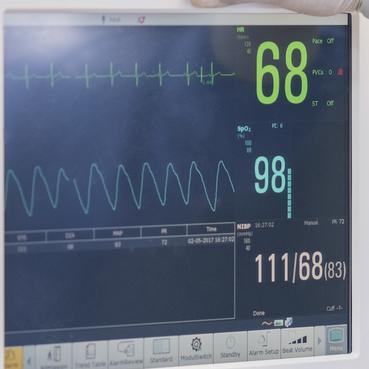



Heart Rate Variability Papers With Code
One of the most common arrhythmias is a sinus arrhythmia It involves cyclic changes in the heart rate during breathing It is very common in children and often found in young adults Patients with sinus arrhythmia do not experience any cardiovascular symptoms
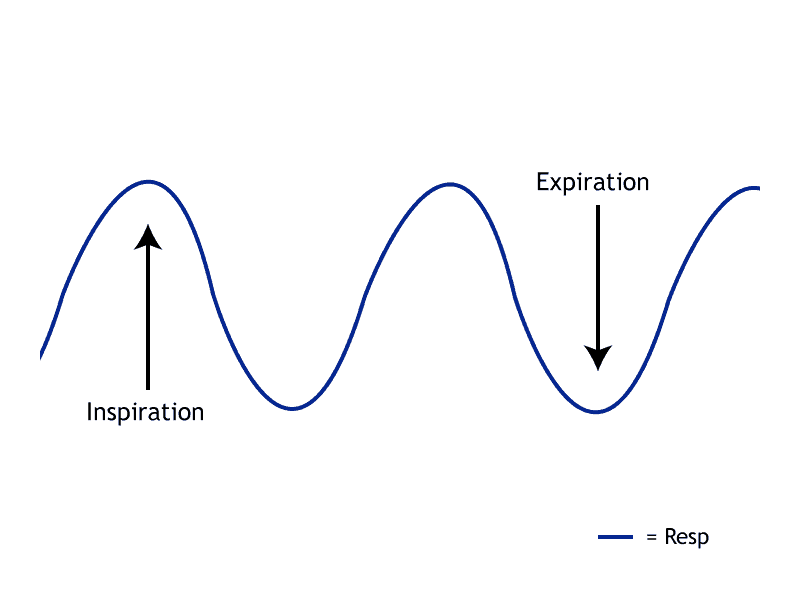



All About Hrv Part 1 Introduction To Heart Rate Variability Mindware Technologies Support




Atrial Fibrillation Af And Hrv Myithlete
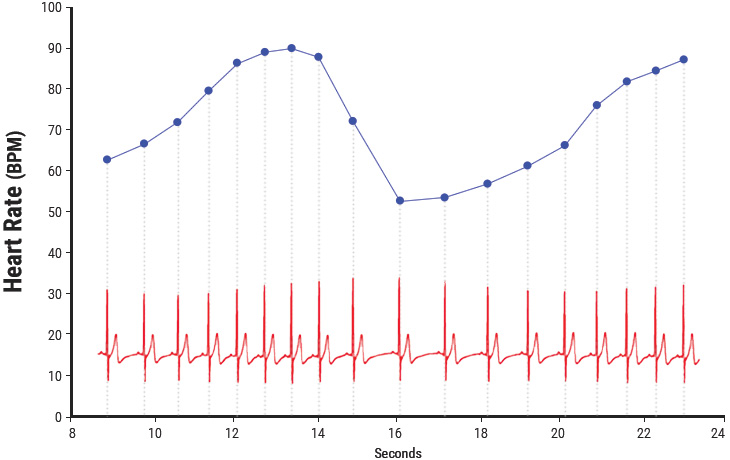



Chapter 03 Heart Rate Variability Heartmath Institute




Beyond Heart Rate Heart Rate Variability Firstbeat Blog




The Physiological Basis And Measurement Of Heart Rate Variability In Humans Journal Of Physiological Anthropology Full Text




Heart Rate Variability An Old Metric With New Meaning In The Era Of Using Mhealth Technologies For Health And Exercise Training Guidance Part One Physiology And Methods Aer Journal
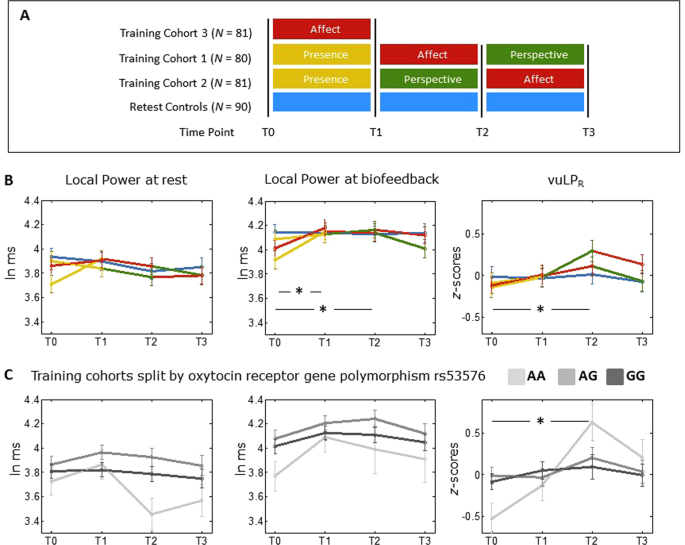



Voluntary Upregulation Of Heart Rate Variability Through Biofeedback Is Improved By Mental Contemplative Training Scientific Reports




Overview Of Respiratory Sinus Arrhyhtmia Rsa Youtube




Pediatric Cardiology Part 2
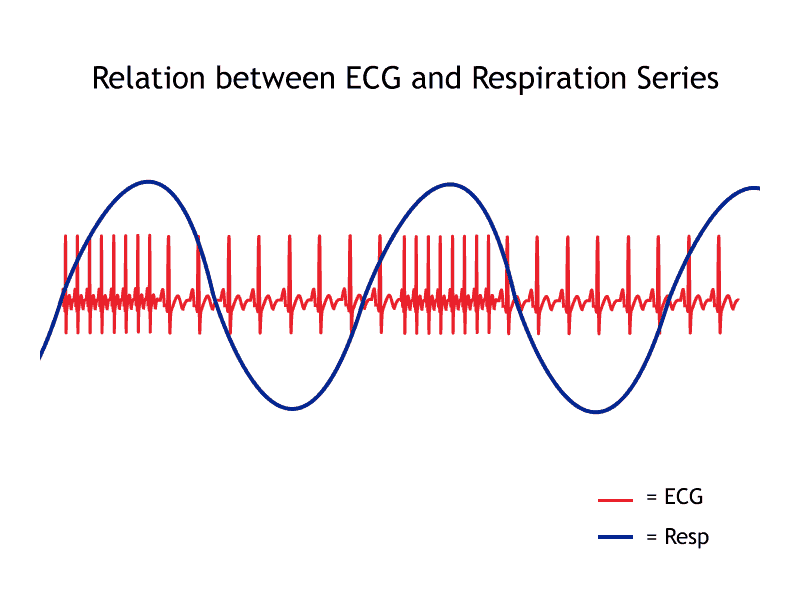



All About Hrv Part 4 Respiratory Sinus Arrhythmia Mindware Technologies Support



Q Tbn And9gcsiiuwyirizwffk67aig3fx Hqe40soqstmyg 8qmx5ymq5lado Usqp Cau




Respiratory Sinus Arrhythmia An Overview Sciencedirect Topics




Heart Rate Variability Biosign




Heart Rate Variability The New Science Of Recovery Breaking Muscle




What Is Heart Rate Variability Hrv Why Does It Matter Firstbeat Blog




Heart Rate Variability Biosign




Respiratory Sinus Arrhythmia Biofeedback Therapy May Increase Heart Rate Variability Activity And Decrease Reactivity In Male Patients With Major Depressive Disorder A Pilot Study



Q Tbn And9gcsiiuwyirizwffk67aig3fx Hqe40soqstmyg 8qmx5ymq5lado Usqp Cau




Basics Of The Heart Rate Variability By Autonom Health
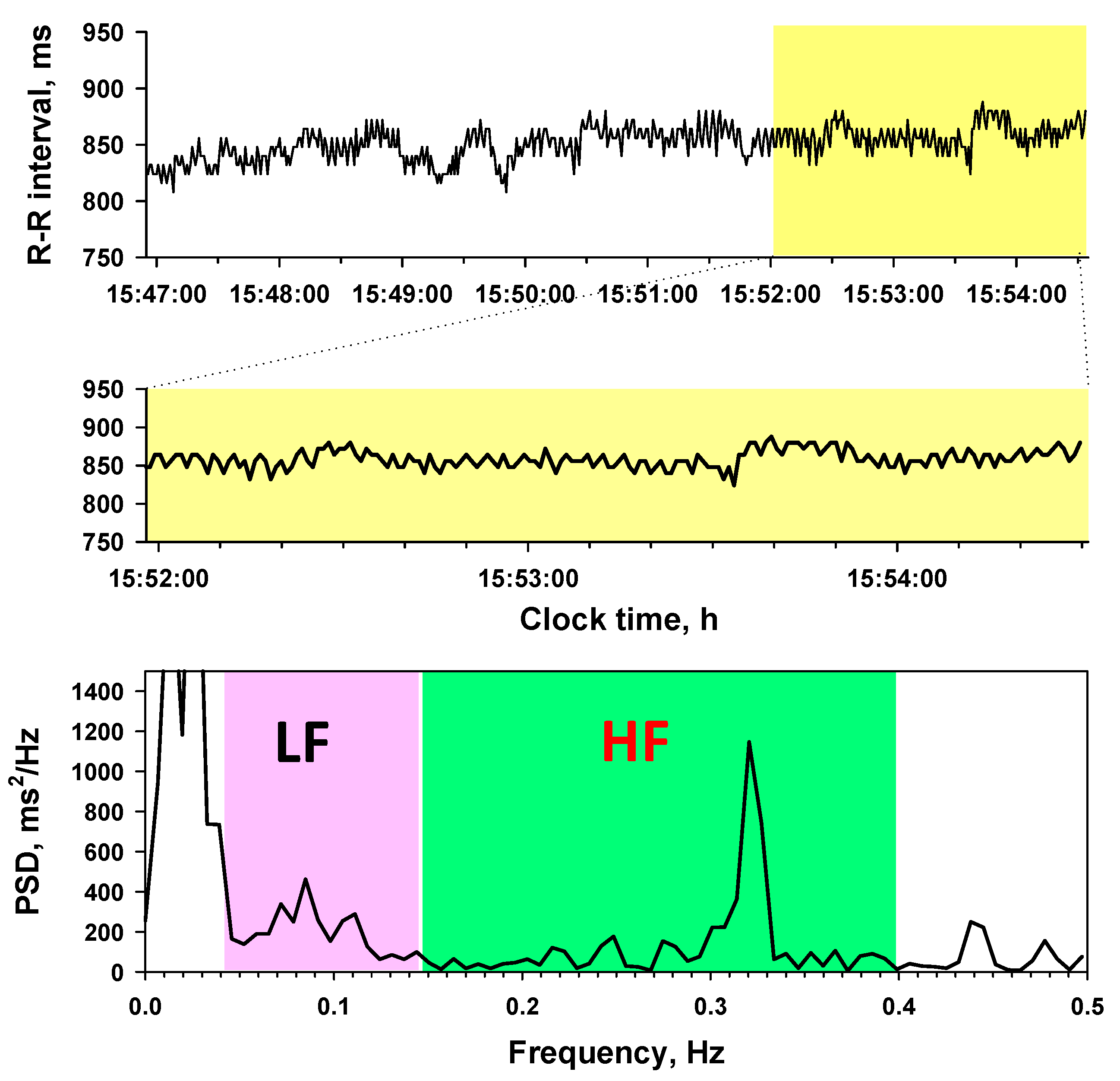



Applied Sciences Free Full Text Impact Of Heart Rate Fragmentation On The Assessment Of Heart Rate Variability Html




Esctaic Amsterdam 06 09 Oct 10 Analgesia Nociception




Pdf Disentangling Respiratory Sinus Arrhythmia In Heart Rate Variability Records Semantic Scholar




Sinus Arrhythmia Litfl Medical Blog Ecg Library Basics




Pdf Disentangling Respiratory Sinus Arrhythmia In Heart Rate Variability Records
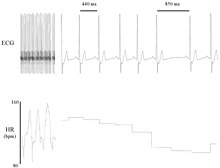



Heart Rate Variability Wikipedia




Figure 2 From Is There More To Blood Volume Pulse Than Heart Rate Variability Respiratory Sinus Arrhythmia And Cardiorespiratory Synchrony Semantic Scholar
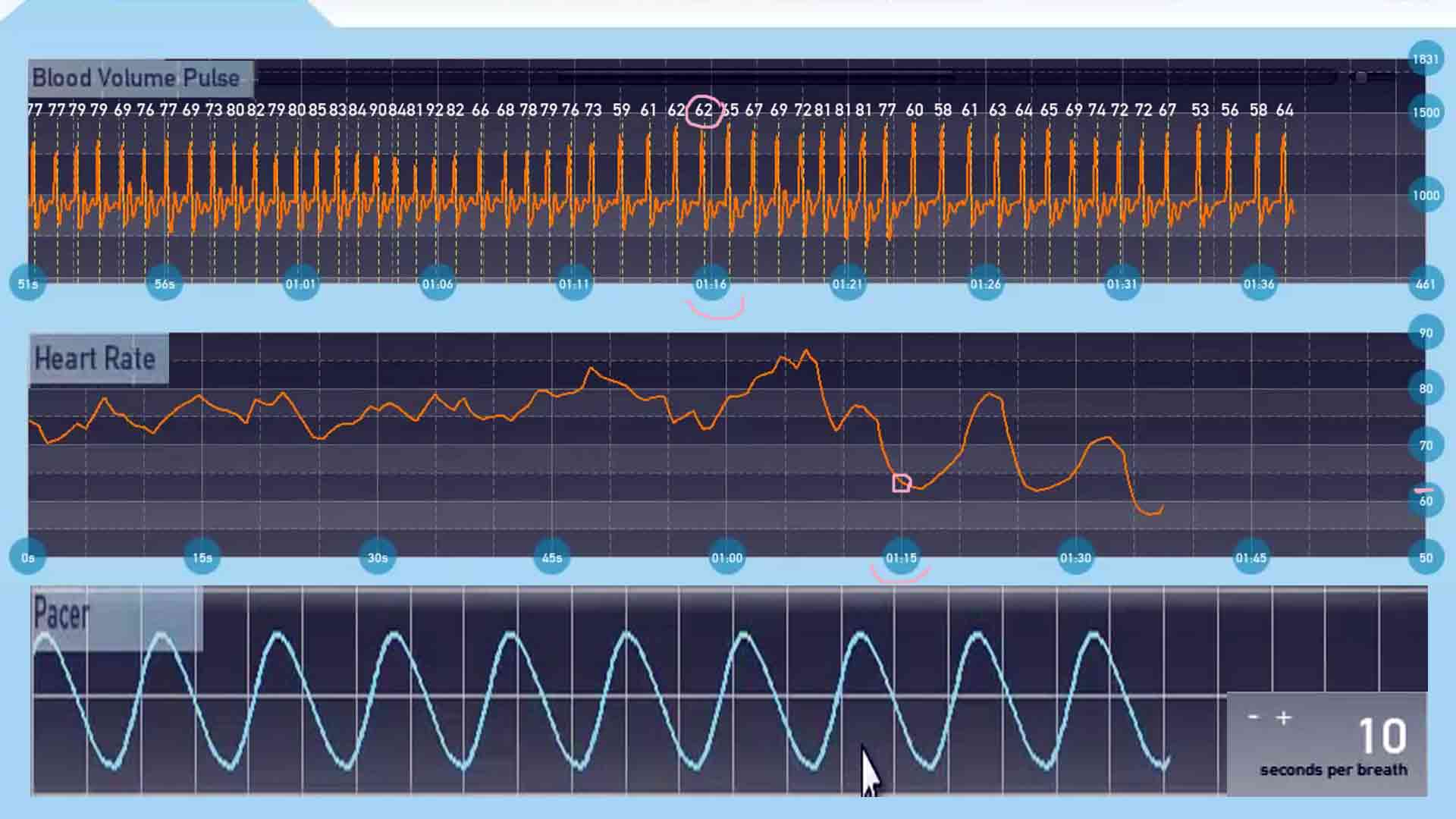



Hrv Biofeedback In Treatment Of Various Pathological States And Disorders




Figure 1 From Self Measure Of Heart Rate Variability Hrv And Arrhythmia To Monitor And To Manage Atrial Arrhythmias Personal Experience With High Intensity Interval Exercise Hiie For The Conversion To Sinus Rhythm




Heart Rate Variability Breath And Psychology Hhp Foundation
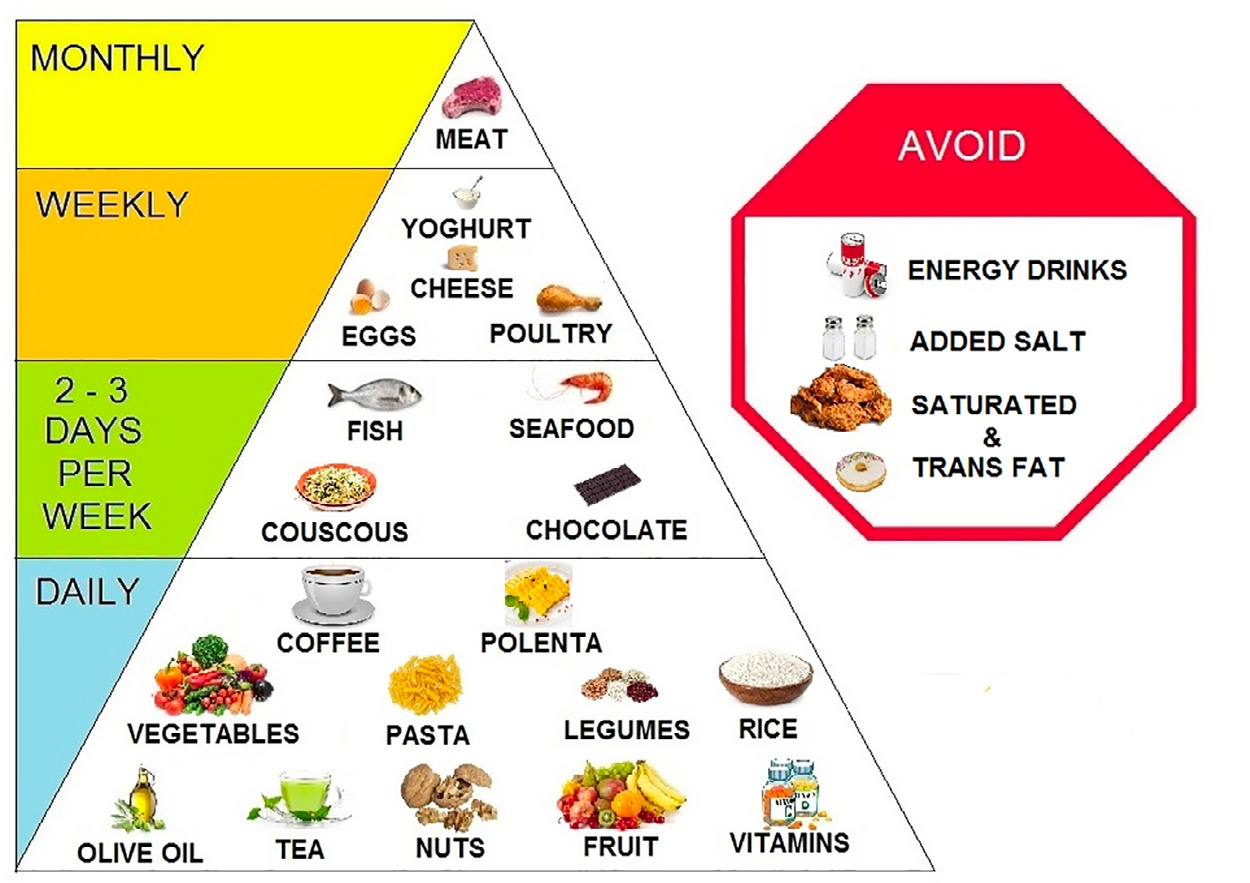



Heart Rate Variability And Arrhythmias Whole Health Library




Pitfalls Of Assessment Of Autonomic Function By Heart Rate Variability Journal Of Physiological Anthropology Full Text




About Hrv Kubios




Heart Rate Variability Hrv Meditation Training Fitmind
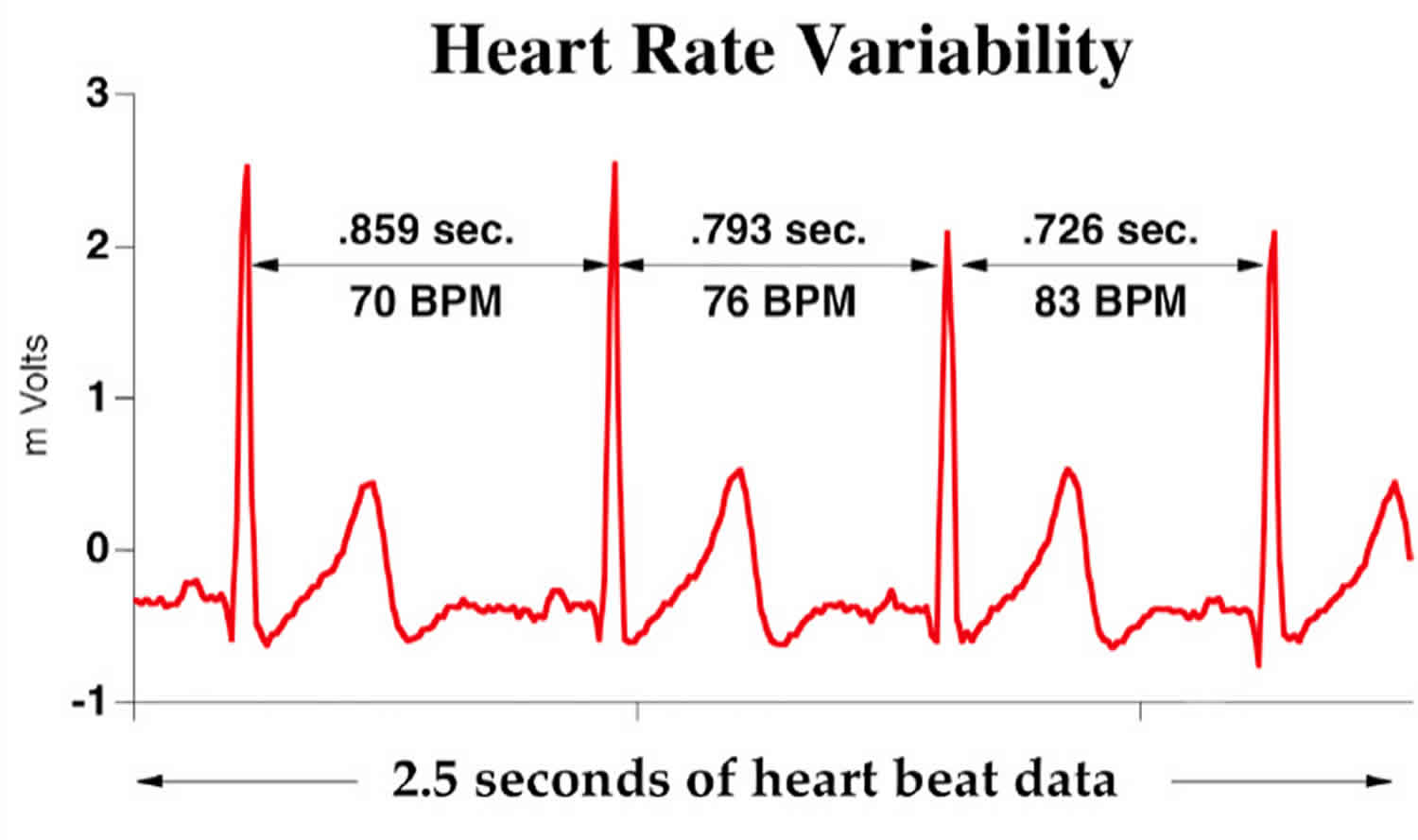



Heart Rate Variability Definition Control Mechnisms Measurement




Respiratory And Non Respiratory Sinus Arrhythmia Implications For Heart Rate Variability Semantic Scholar
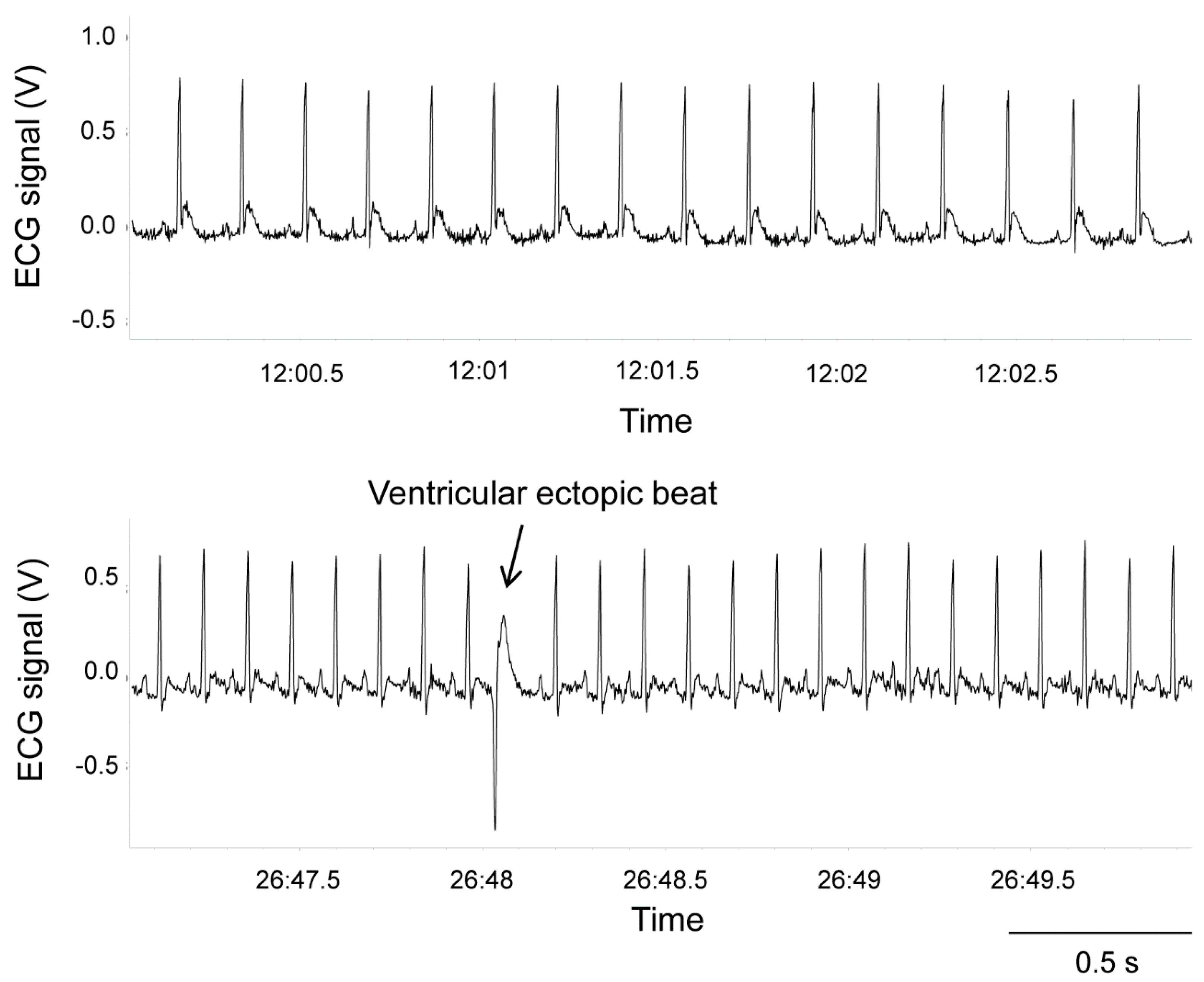



Jcm Free Full Text Resting Heart Rate Variability Predicts Vulnerability To Pharmacologically Induced Ventricular Arrhythmias In Male Rats Html




Robust Efficiency And Actuator Saturation Explain Healthy Heart Rate Control And Variability Pnas




Mobile Biofeedback Of Heart Rate Variability In Patients With Diabetic Polyneuropathy A Preliminary Study Topic Of Research Paper In Medical Engineering Download Scholarly Article Pdf And Read For Free On Cyberleninka
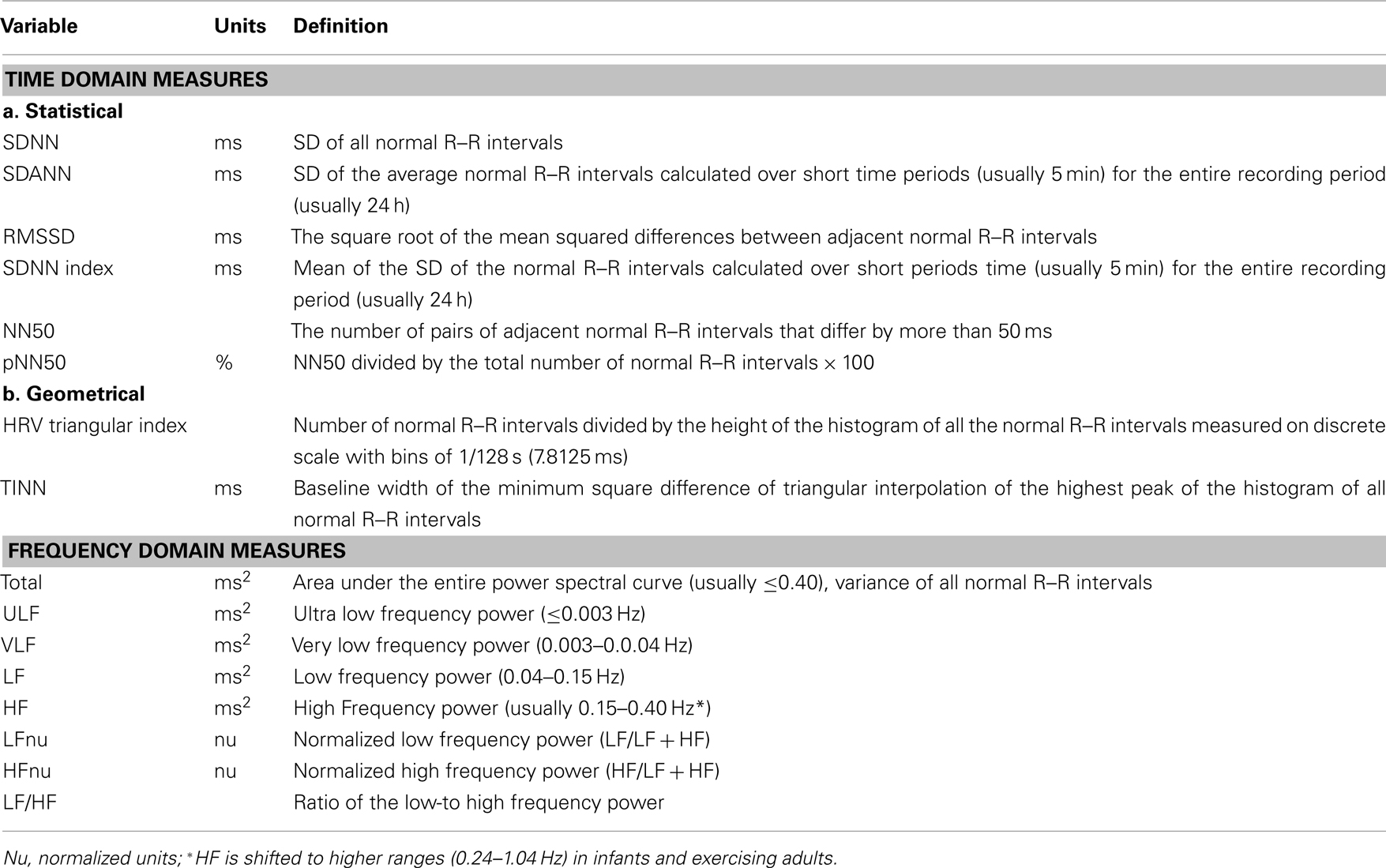



Frontiers Heart Rate Variability A Historical Perspective Physiology




Heart Rate Variability Caring Medical Florida




Hrv Biofeedback In Treatment Of Various Pathological States And Disorders




Accumulation Of Pericardial Fat Is Associated With Alterations In Heart Rate Variability Patterns In Hypercholesterolemic Pigs Circulation Arrhythmia And Electrophysiology




Heart Rate Variability With Photoplethysmography In 8 Million Individuals A Cross Sectional Study The Lancet Digital Health




Respiratory Sinus Arrhythmia Biofeedback Therapy May Increase Heart Rate Variability Activity And Decrease Reactivity In Male Patients With Major Depressive Disorder A Pilot Study




Heart Rate Variability In Patients With Atrial Fibrillation Is Related To Vagal Tone Circulation



3




Top Pdf Arrhythmia Sinus 1library




A Change In Respiratory Sinus Arrhythmia Rsa And Lf Heart Rate Download Scientific Diagram



1




Macarthur Ses Health Network Research
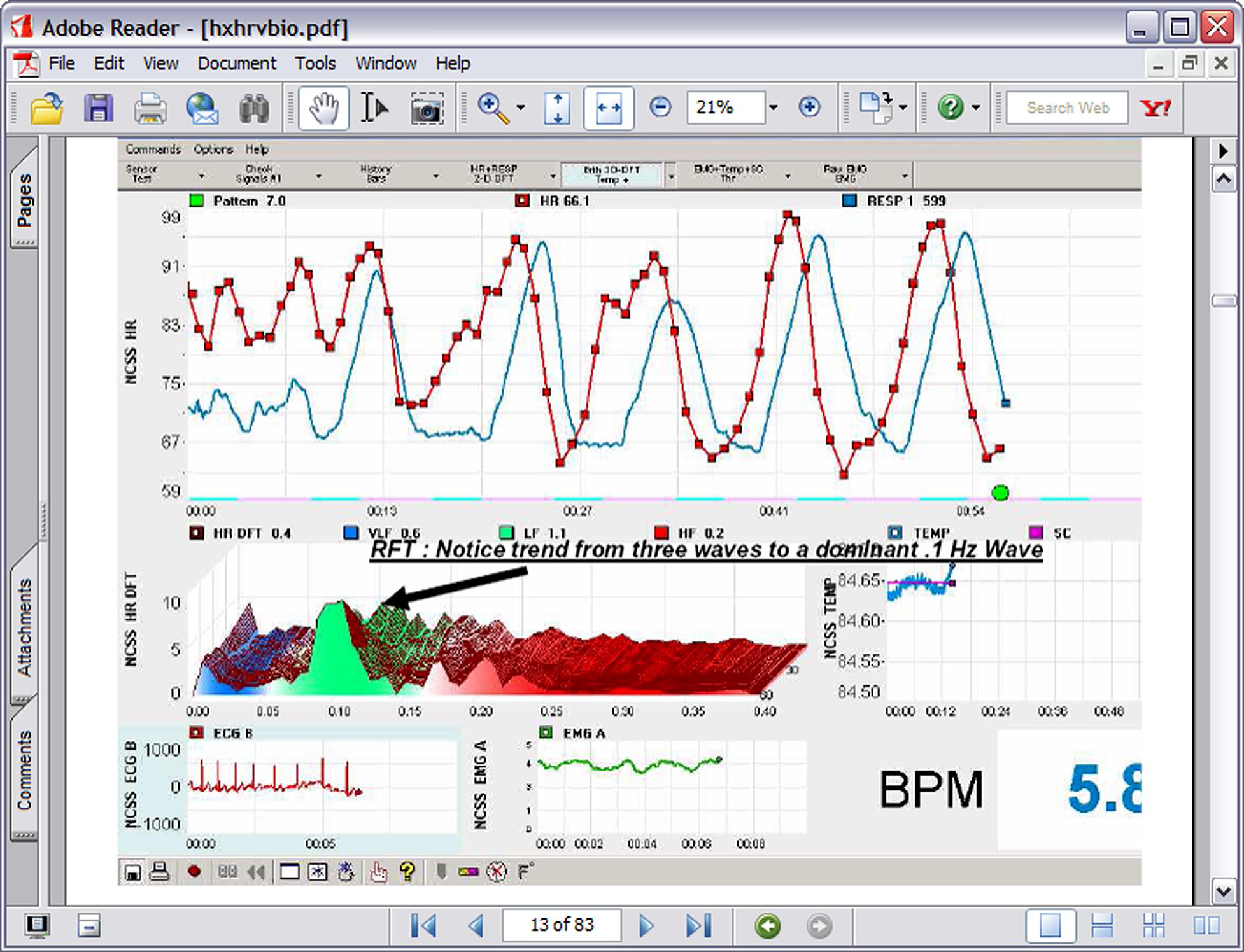



Frontiers Heart Rate Variability Biofeedback How And Why Does It Work Psychology
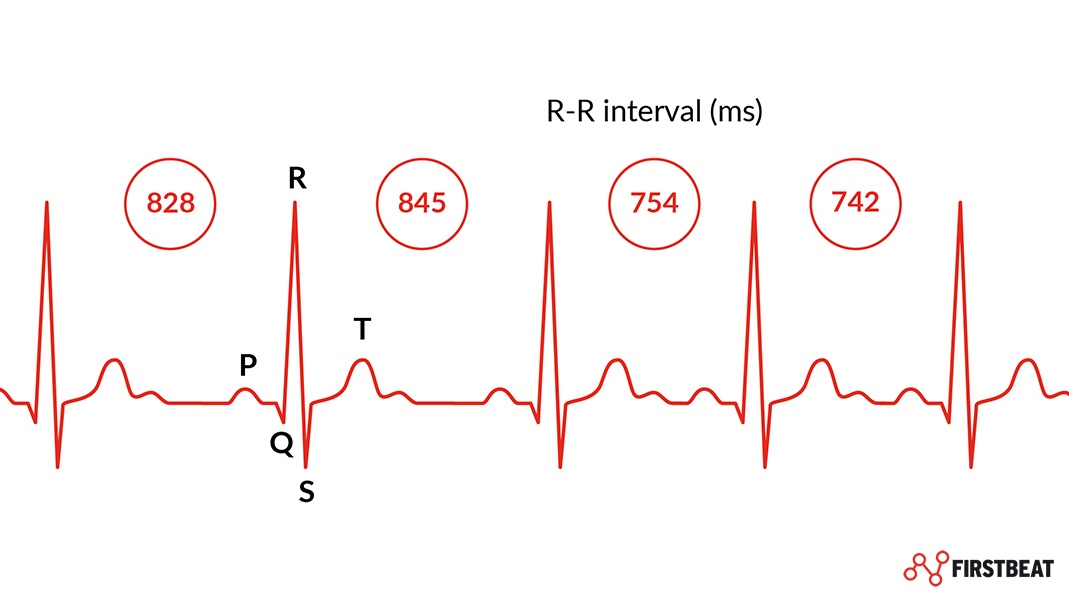



What Is Heart Rate Variability Hrv Why Does It Matter Firstbeat Blog




Pdf Garbage In Garbage Out Identify Blood Volume Pulse Bvp Artifacts Before Analyzing And Interpreting Bvp Blood Volume Pulse Amplitude And Heart Rate Respiratory Sinus Arrhythmia Data Fred Shaffer Academia Edu
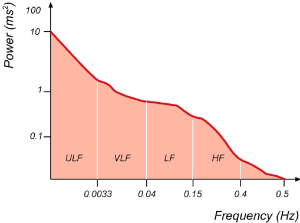



Heart Rate Variability Highlights From Hidden Signals




Respiratory Sinus Arrhythmia An Overview Sciencedirect Topics



Heart Rate Variability 101 Lief Blog



Github Cagdastopcu Disentangling Respiratory Sinus Arrhythmia In Heart Rate Variability Records Algorithm To Disentangle Rsa From Hrv Based On The Theory Of Coupled Systems




Examples Of Reduced Heart Rate Variability Hrv In Patients With Sinus Download Scientific Diagram



Best Heart Rate Variability App Rigid Rhythm




Ecg Cardiology Respiratory Sinus Arrhythmia Rsa Analysis Research Biopac




Vagal Tone Wikipedia




What Is Heart Rate Variability Hrv Why Does It Matter Firstbeat Blog




Pdf Disentangling Respiratory Sinus Arrhythmia In Heart Rate Variability Records Semantic Scholar




Frontiers Considerations In The Assessment Of Heart Rate Variability In Biobehavioral Research Psychology




Science Library The Breathing Diabetic



How To Evaluate An Hrv Measurement Ans Analysis




A Change In Respiratory Sinus Arrhythmia Rsa And Lf Heart Rate Download Scientific Diagram
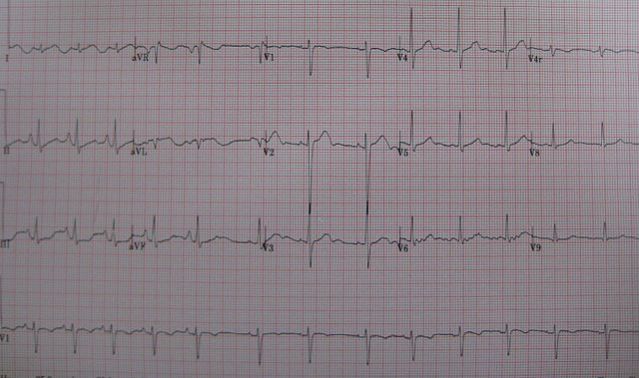



Depression And A Broken Heart Psychology Today




Respiratory Sinus Arrhythmia An Overview Sciencedirect Topics
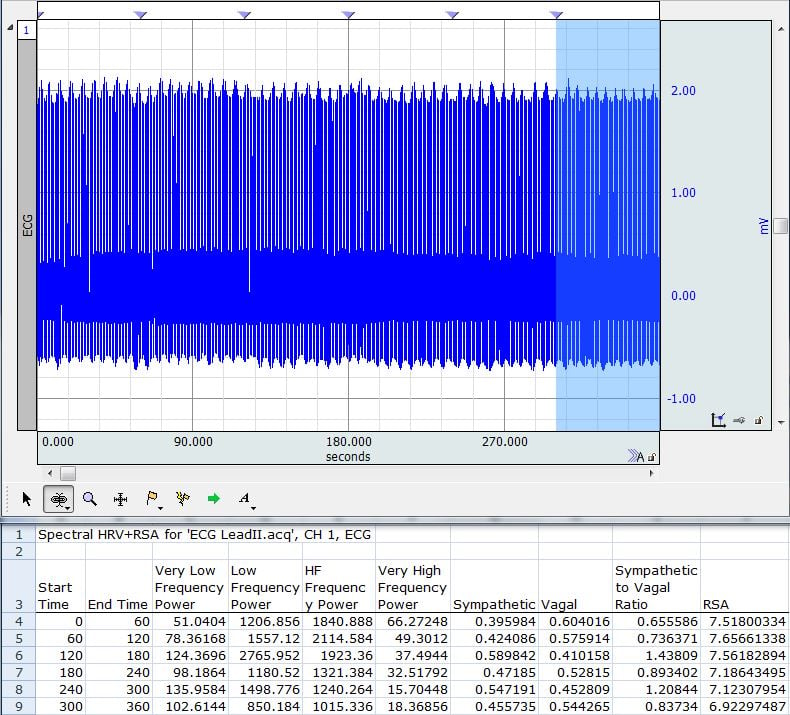



Ecg Cardiology Heart Rate Variability Hrv Analysis Software Research Biopac




Pdf Disentangling Respiratory Sinus Arrhythmia In Heart Rate Variability Records Semantic Scholar
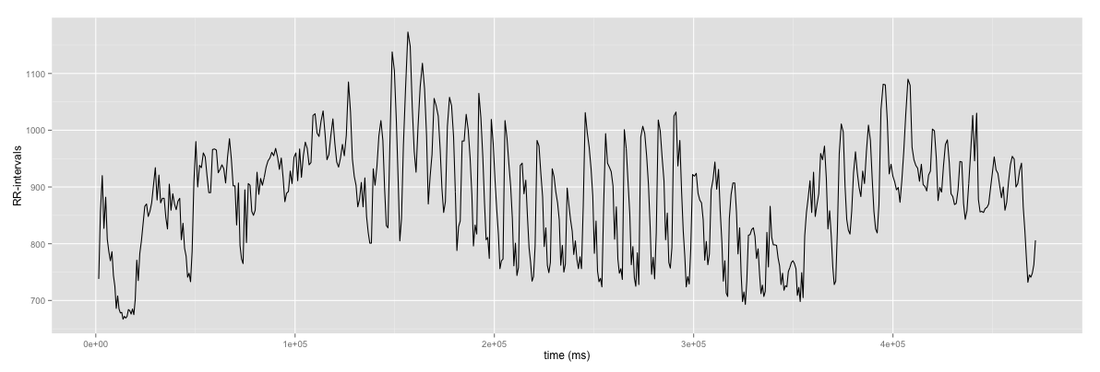



A Look At A Few Months Of Hr And Hrv Measurements




Frontiers Declining Trends Of Heart Rate Variability According To Aging In Healthy Asian Adults Frontiers In Aging Neuroscience



How To Evaluate An Hrv Measurement Ans Analysis




Heart Rate Variability In Atrial Fibrillation Related To Left Atrial Size American Journal Of Cardiology




Pdf Microgravity Alters Respiratory Sinus Arrhythmia And Short Term Heart Rate Variability In Humans Semantic Scholar




Atrial Fibrillation Af And Hrv Myithlete
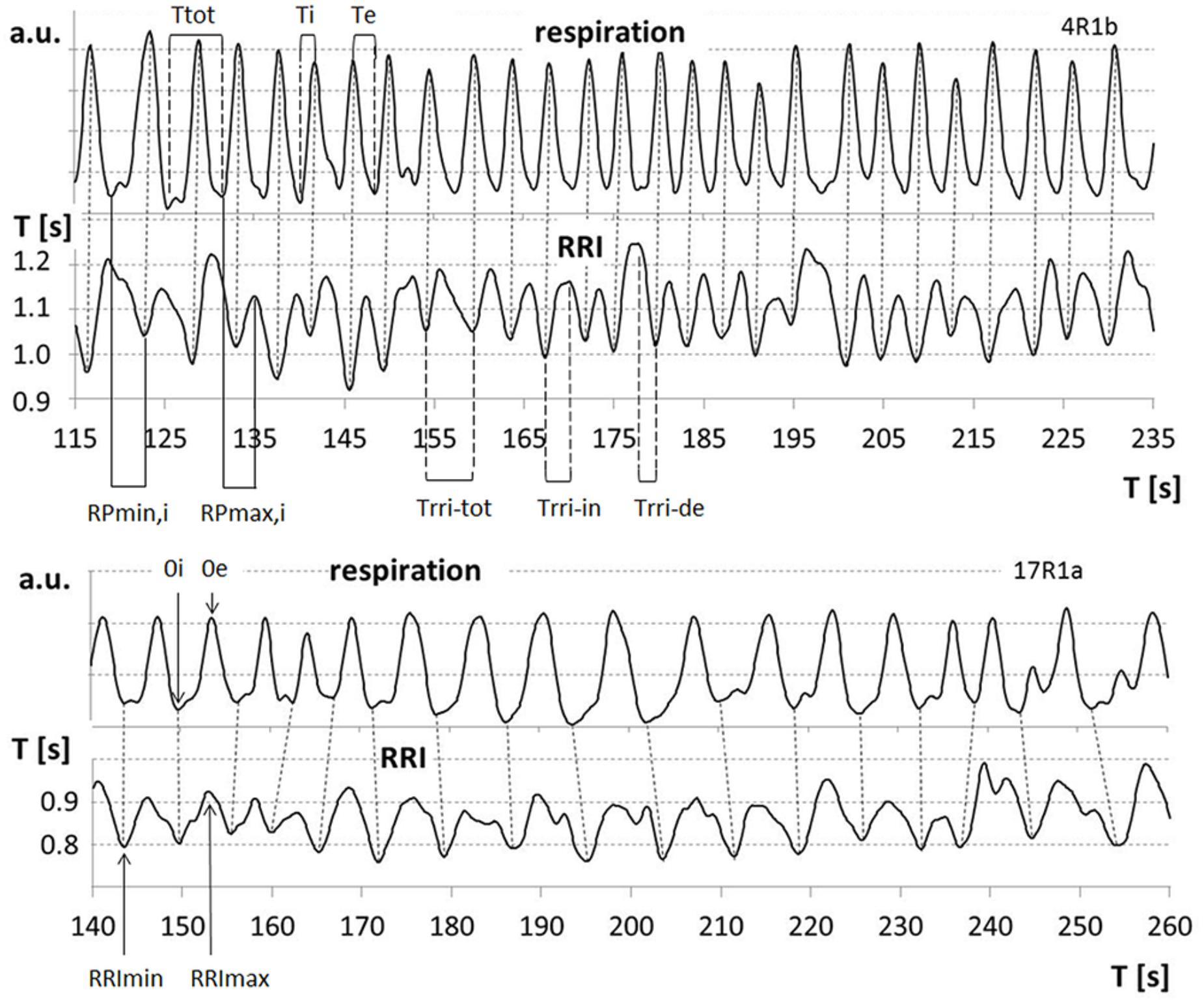



Frontiers Switch Off Of Respiratory Sinus Arrhythmia Can Occur In A Minority Of Subjects During Functional Magnetic Resonance Imaging Fmri Physiology



Plos One Assessment Of Heart Rate Variability Thresholds From Incremental Treadmill Tests In Five Cross Country Skiing Techniques
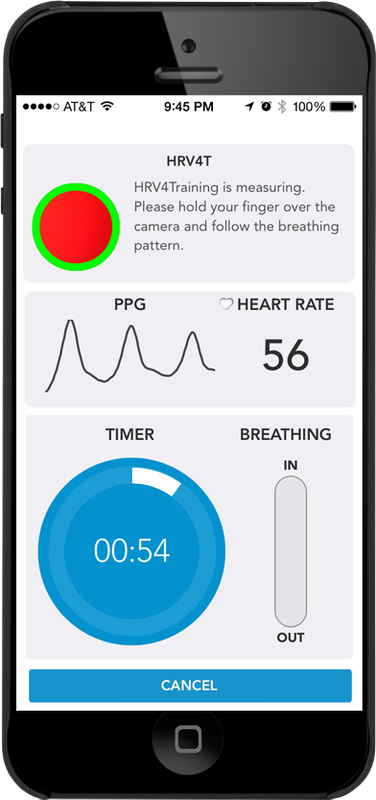



Heart Rate Variability Using The Phone S Camera




Beyond Heart Rate Heart Rate Variability Firstbeat Blog




Nonrespiratory Sinus Arrhythmia Or Heart Rate Alternans Comments On The Article By Gratadour Et Al Unusual Sinus Arrhythmia International Journal Of Cardiology




Respiratory Sinus Arrhythmia Visualised On The Heart Rate And The Raw Download Scientific Diagram




Heart Rate Variability As Biomarker For Prognostic Of Metabolic Disease Intechopen


コメント
コメントを投稿